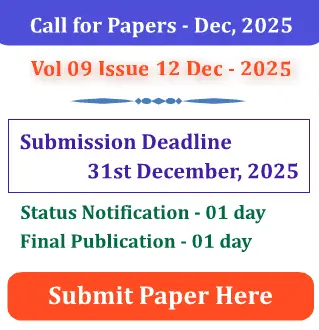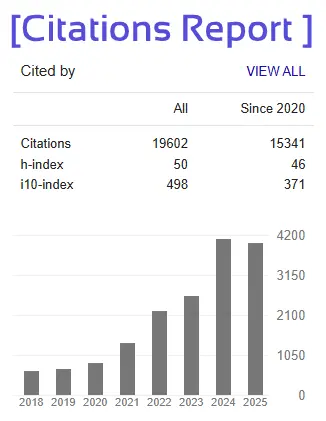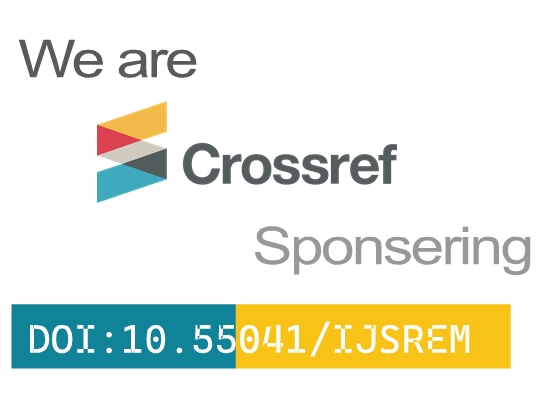INVESTIGATION ON BITUMEN ASPECTS IN MODIFIED FLEXIBLE PAVEMENT AND ITS CHARACTERIZATION IN HIGHWAY CONSTRUCTION
BATHULA V HARSHITHA1, K. NARESH2
1PG Schoolar, Dept. of Civil Engineering, PBR Visvodaya Institute of Technology & Science, Autonomous, Affiliated to JNTUA, Kavali, SPSR Nellore, A.P, India-5242201.
2Assistant Professor, Dept. of Civil Engineering, PBR Visvodaya Institute of Technology & Science, Autonomous, Affiliated to JNTUA, Kavali, SPSR Nellore, A.P, India-5242201.
---------------------------------------------------------------------***---------------------------------------------------------------------
Abstract - The severity of rutting, cracks, ravelling, and edge drops on roads has been on the rise in recent years, attributed to heavy traffic, high tyre pressure, and large wheel loads. There have been and will be many more efforts to strengthen and prolong the life of roads by enhancing the structures of flexible pavement. To enhance the bitumen's binding capability, many additives are being added. Bitumen is being combined with various polymers to create polymer modified bitumen. Coating the heated aggregates with polymer and then mixing them with hot bitumen is the procedure. Flexible pavement is made using this combination. The procedure is environmentally benign. Only polymer waste products, such as old plastic bags, cups, foams, etc., are used. Since this procedure simply requires coating aggregate, it is easy to include a greater amount of polymer, say 15-20%. By using waste polymers as a replacement for bitumen, this approach helps to cut consumption by 15-20%. As a result of the higher bonding caused by the polymer covering, the bituminous mix's binding strength is enhanced by 50-100%. The test results from specific areas with varying climates, temperatures, rainfalls, and traffic volumes show that these plastic roads are holding up well and showing no signs of damage like ravelling, rutting, or cracking. Plastic tar road, if approved, would improve India's roads and eliminate the need to properly dispose of polymer waste; an area of 3,750 square metres necessitates at least 1 metric tonne of polymers. India could save a lot of bitumen and put all that polymer waste from polypropylene (PP), polyethylene (PE), and polystyrene (PS) to good use if its roads were built with plastic tar. The author hopes and suggests that the method be implemented throughout the whole country of India as soon as possible, paving the road for Green India.
Key Words: Polypropylene, Flexible pavement, coating aggregate, Eco-friendly, Plastic wastes, Bitumen and Marshall Stability Test.







